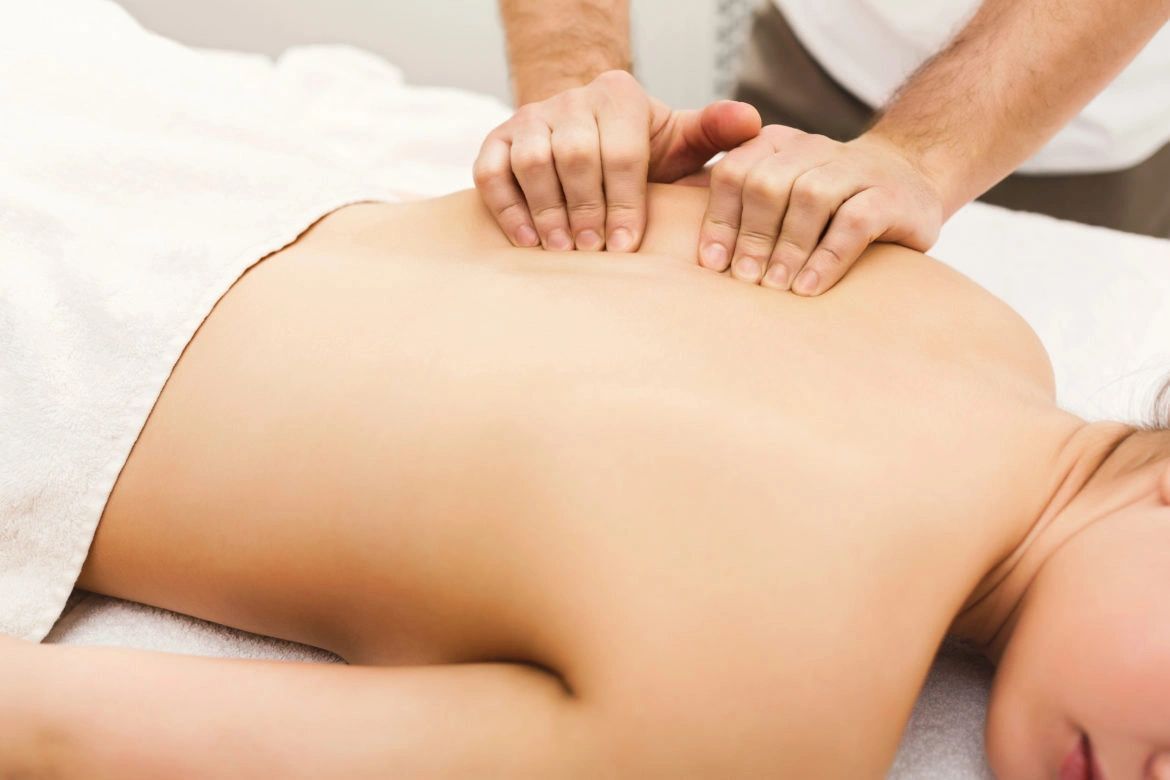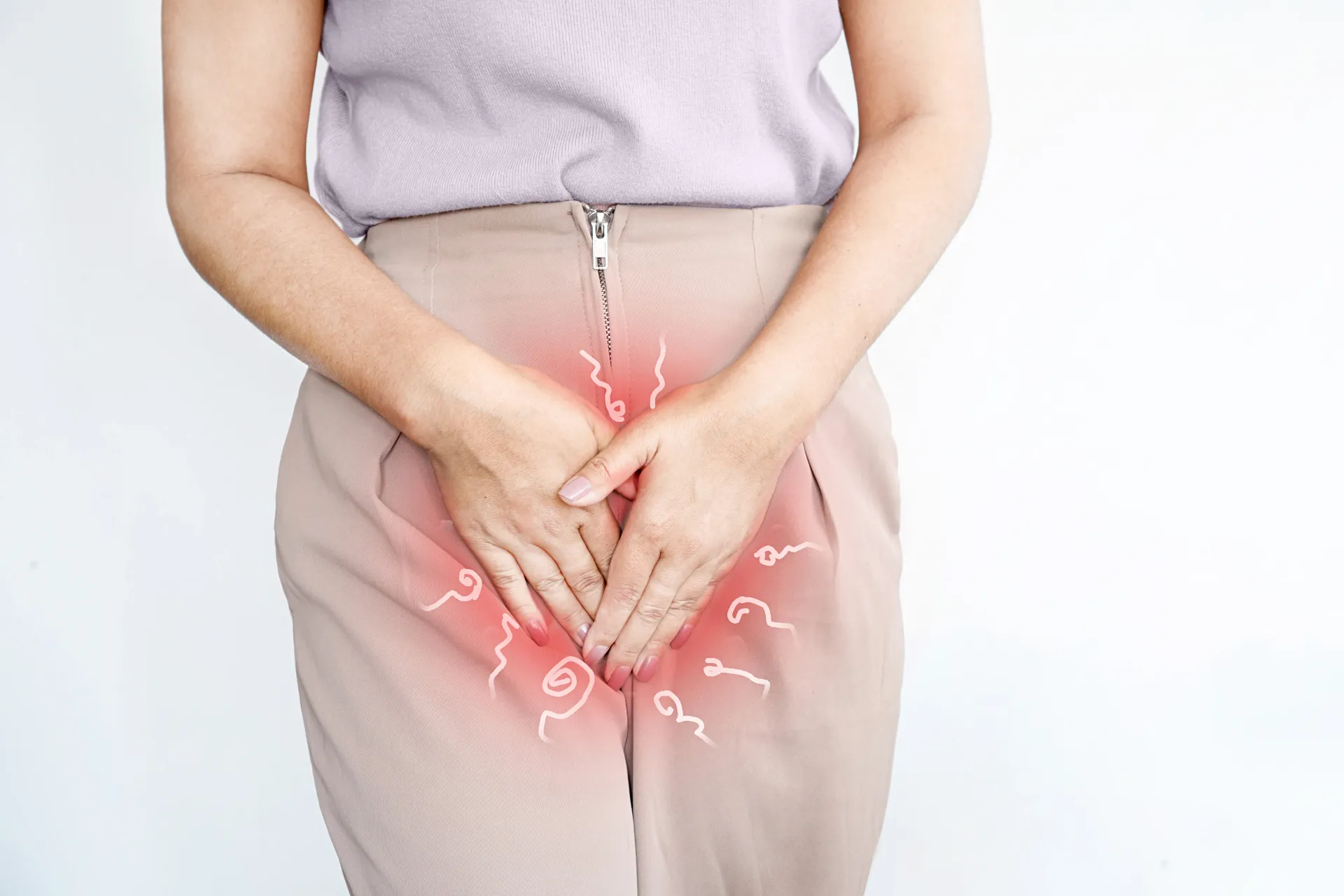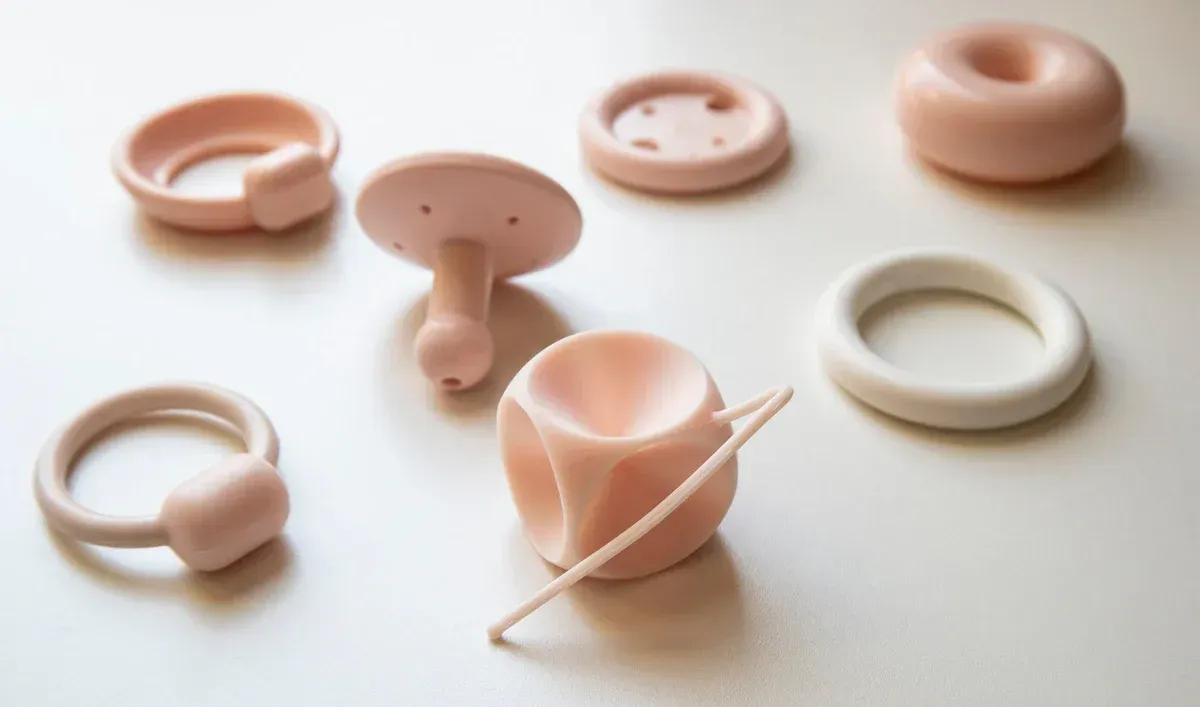
Here the the 5 W’s and the H of Registered Massage Therapy:
WHAT: Massage therapy is the assessment and manipulation of joints and soft tissue in our bodies. Soft tissues include muscles, tendons, ligaments, fascia, nerves, blood vessels and synovial membranes. It is used to treat and prevent pain and dysfunction using both direct and indirect techniques. These techniques can range from stretching muscle tissue, to joint mobilizations, from myofascial release to trigger point therapy, deep tissue massage, lymphatic drainage and much more! Using a variety of modalities and techniques, massage therapy can be incorporated into your health care routine as it can be used to relieve, develop, maintain and/or augment physical function. (Massage Therapy Act, 1991).
WHERE: Many spa’s and health care clinics provide massage therapy treatment to the general public. It is important that wherever you chose to seek massage therapy, your massage therapist is regulated by their province and governing body. This will not only ensure and maintain your health and safety but also the consistency and maintenance of your treatment plan that is well documented in health records kept by your RMT. It is important to know that RMT’s are well educated, regulated professionals governed by a body who’s job is to protect the public. Seeking massage therapy from a non regulated individual has the potential to put your health and safety at risk! There is a public register listed on the CMTO website that lists all registered massage therapists in Ontario. Make sure your RMT is on this list!
WHO: Generally, most people can be treated by massage therapy. Because massage therapy is a regulated health profession, all RMT’s are trained to first assess the condition, determine a treatment and then modify based on an individuals presenting conditions to ensure safety and efficacy. Your RMT should spend time going through a thorough interview and assessment process on the initial visit to determine the best and individualized treatment plan for you. RMT’s can work in the circle of care with your other health care practitioners. If you are apprehensive or unsure whether or not massage therapy is right for you, speak to your primary physician who can work with your RMT to determine the best type of treatment.
WHEN: Contrary to popular belief, massage therapy can be incorporated into a regular and consistent health care routine. Often times people will seek massage therapy after they are struck with symptoms of pain and dysfunction. It is important to know that regular massage therapy treatments can also be used to help maintain and augment physical function of the body by keeping soft tissues and joints healthy. The great thing about massage therapy is that it is a regulated health profession and is therefor usually covered in a corporate benefits package. Many people try to use up their benefits by the end of the year and cram in as much massage therapy as possible so the money doesn’t go to waste! Understanding that massage therapy is a wonderful health care tool that can be added to your health care tool box, try incorporating it throughout the year without having to stress about finding appointments by the time your benefits run out!
WHY: Our bodies are these miraculous and beautiful little universes. When you think about it, how unbelievable is it that everything works so systematically with each other to allow us to live. It’s easy to forget about how incredible our bodies are when we go through the motions of day to day life - but when you can, stop to think about how amazing you actually are and find gratitude in that. Invest in your body, invest in your mind and invest in your soul. You deserve it. Massage therapy is a beautiful and effective holistic practice that has the ability to connect all three dimensions of who you are. Direct yourself to the RMTAO website which can tell you much more about the incredible benefits of massage therapy. www.RMTAO.com
HOW: Massage therapy has such a broad scope of practice which means that many modalities and techniques can be used by your massage therapist. Each modality and/or technique will elicit a different physiological response in the body. Your RMT should explain the techniques and their desired outcomes to you based on your treatment goals that are discussed in the initial interview process.
If you have any questions or curiosities about techniques and/or modalities you have heard of - ask your RMT about them to see if they could work for you!











